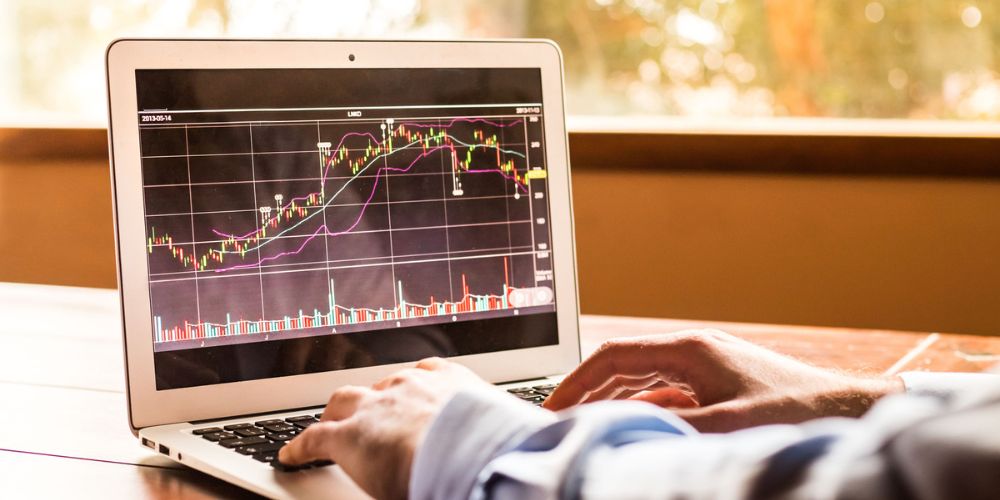The world of financial trading is complex and nuanced, with a plethora of metrics and concepts that traders must master to navigate it successfully.
Among these, Vega stands out as a critical metric in the realm of options trading.
Despite not being represented by a Greek letter, Vega in options trading holds a position of importance on par with Delta, Gamma, and other ‘Greeks’ due to its unique role in assessing the sensitivity to implied volatility.
This guide dives deep into what Vega is, its significance, and how it impacts trading decisions.
What is Vega in Options?
Vega represents the rate at which the price of an option changes as the implied volatility of the underlying asset changes.
It is a measure of sensitivity; specifically, it quantifies how much the price of an option would theoretically increase or decrease for every 1% change in the implied volatility of the underlying asset.
Options, both calls and puts, increase in value with higher volatility, given the greater probability of the option ending in the money.
Therein lies the importance of Vega: it provides a clear, quantifiable measure of this sensitivity to volatility, making it indispensable to options traders.

Understanding Vega in Options Trading
In the granular world of options trading, Vega serves as a beacon for traders, guiding them through the fog of market uncertainty.
Its value is most potent with options that have longer until expiration, where the effects of volatility can compound and have a more significant impact on the option’s price.
Reading Vega Value
The process of interpreting Vega values is straightforward but requires a nuanced understanding of context. A Vega of 0.10 means an option’s price will move by $0.10 for each 1% change in implied volatility, assuming all other factors remain constant.
Higher Vega values indicate higher sensitivity to volatility, making these options riskier (and potentially more profitable) than their low-Vega counterparts.
Role of Vega in Risk Assessment
Risk management is the bedrock of successful trading, and Vega plays a pivotal role in this domain.
By quantifying how much an option’s price could swing with changes in market volatility, Vega helps traders not just in selecting the right options to trade, but also in crafting strategies that align with their risk profiles.
Effect on Different Options Strategies
Different trading strategies exploit Vega in various ways. Strategies that anticipate an increase in market volatility can benefit from long positions in high-Vega options, which stand to gain most from such conditions.
Conversely, strategies betting on stable or declining volatility can leverage low-Vega options or adopt short positions in high-Vega options to mitigate risk.
Practical Examples
To bring the concept of Vega to life, consider the hypothetical scenarios involving Company A and Company B:
- Assume you have a high-Vega call option in Company A. A sudden, unexpected news event causes the market’s implied volatility to spike. As a direct consequence of Vega, the value of your option rises significantly, presenting an opportunity for profit.
- On the contrary, if you hold a low-Vega put option in Company B and the market enters a period of high volatility, the impact on your option’s price would be minimal, preserving your equity but potentially missing out on larger gains.
These examples underscore the dual-edged nature of Vega: its potential for profit and its role in risk management.

Frequently Asked Questions
As Vega is a nuanced topic, it’s common for traders to seek clarity on its implications. Here are answers to some of the most frequently asked questions:
What is implied volatility and how does it affect Vega?
Implied volatility reflects the market’s forecast of a likely movement in an asset’s price. Higher implied volatility signals a higher probability of price movement.
Vega measures how much an option’s price changes with a 1% change in implied volatility. Thus, Vega and implied volatility are intricately linked, with Vega serving as a barometer for how much an option’s price could swing with shifts in volatility.
How to use Vega in options trading?
Traders use Vega to evaluate which options to buy or sell based on their volatility outlook. If you anticipate increased volatility, options with a high Vega would be more desirable, as they stand to gain more value.
What is a good Vega for options?
A “good” Vega is subjective and depends on your trading strategy and outlook on market volatility. High-Vega options are preferred for strategies that capitalize on volatility, while low-Vega options suit strategies that anticipate stable or declining volatility.
How to calculate Vega of an option?
Vega is typically provided by options trading platforms and is calculated using complex options pricing models like the Black-Scholes model. It involves partial derivatives and is not straightforward for manual calculation.
What is negative Vega in options?
Vega itself is never negative; it reflects the sensitivity of an option’s price to changes in implied volatility, which is always a positive correlation.
Negative Vega exposure in trading strategies refers to positions that would lose value if volatility increased, such as being short on options.
Conclusion
Vega is a cornerstone in understanding and navigating the complex landscape of options trading.
By providing clear insights into how options prices are affected by changes in implied volatility, Vega enables traders to make more informed decisions, tailor their strategies to market conditions, and manage risk more effectively.
Whether you’re a seasoned trader or new to the options market, a deep understanding of Vega and its implications can significantly enhance your trading effectiveness and potentially lead to greater profitability.


 Tags:
Tags:










